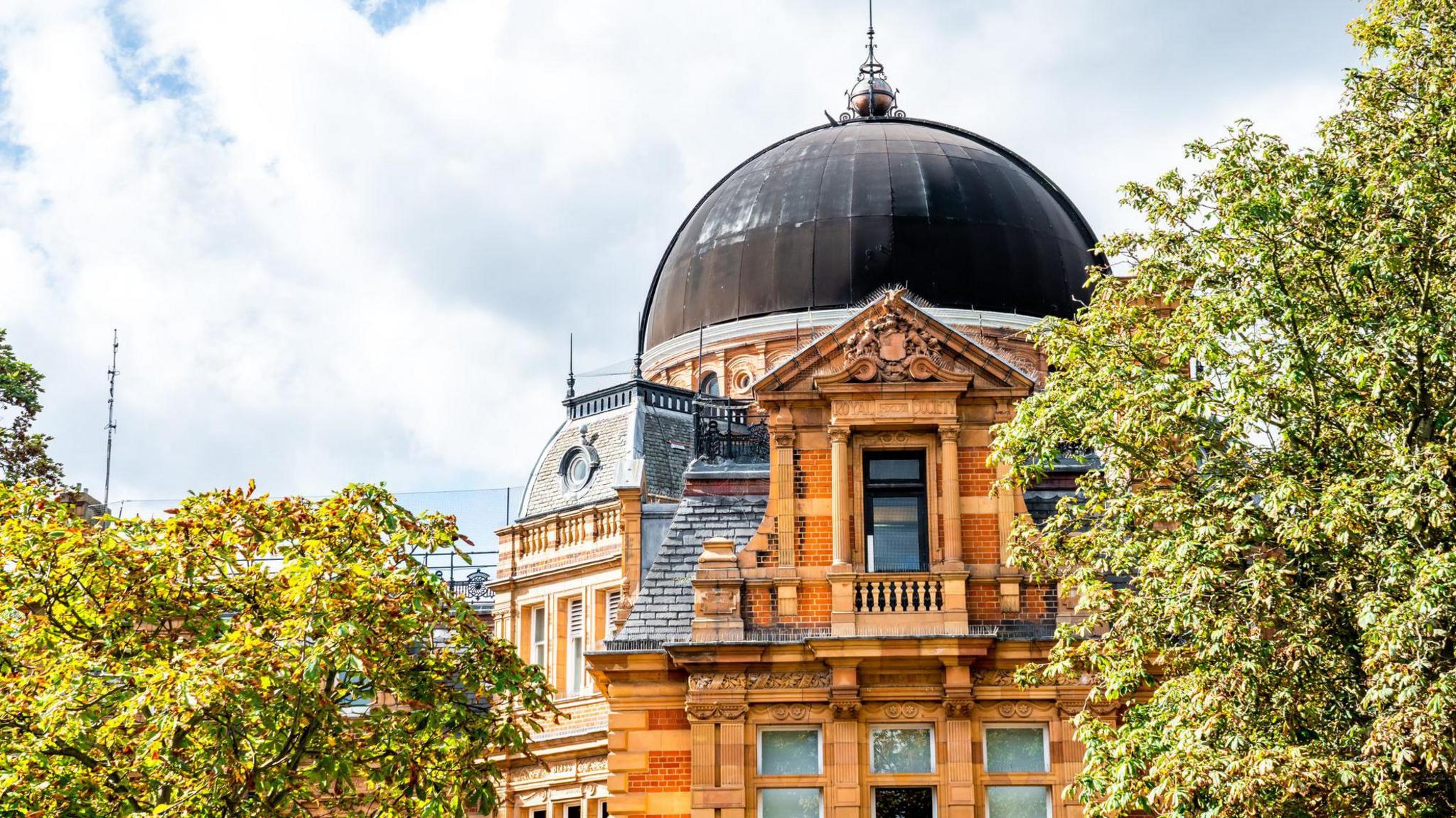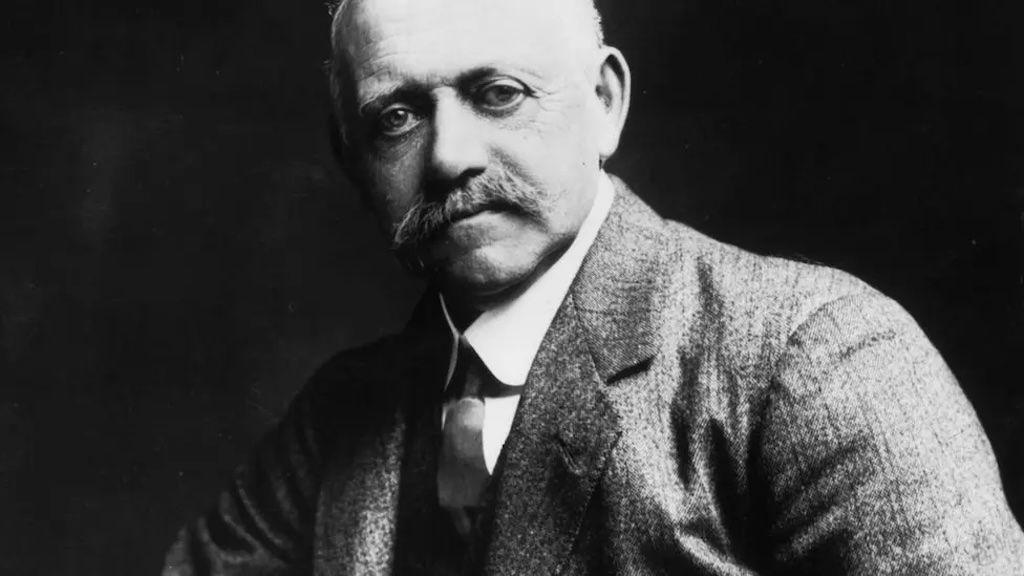When do the clocks go back?

- Published
It's nearing the end of October which means the clocks are going back in the UK.
Every year clocks go back an hour on the last Sunday of October when we switch from British Summer Time (BST) to Greenwich Mean Time (GMT).
This year the clocks will be changing on Sunday 26 October.
Read on to find out more about why the clocks change in the UK and what it means.
- Published14 December 2024
- Published9 October
- Published8 September
Do I need to change the clock on my device?
If you have a mobile phone or tablet, you shouldn't have to change the time on it as as most smart phones, computers and other digital devices connected to the internet will update the time automatically.
Because of this you may not even notice the time change at all.
If you have a clock or watch that isn't connected to the internet, you will have to change the time yourself.
Why do the clocks change?
Why do we change our clocks?
The clocks change twice a year.
They go forward on the last Sunday of March and back the last Sunday of October.
But this didn't always happen. The idea of changing the clocks first came about because people thought that by sleeping through daylight during the summer the day is being wasted.
The practice of putting forward clocks to use the longer daylight available during summer is also known as Daylight Saving time (DST).
An American politician and inventor called Benjamin Franklin first thought of changing the clocks while in Paris in 1784.
He suggested that if people got up earlier, when it was lighter, less candles would be needed for light.
What is Greenwich Mean Time?

Greenwich Mean Time is based on the time that is worked out at the Royal Observatory in Greenwich in London.
Mean is another way to say average.
Greenwich Mean Time is the yearly average of the time the sun crosses the Prime Meridian Line – a line that runs north to south at 0°longitude through the Royal Observatory in Greenwich.
In the 1850s, the UK started using GMT as a standard for time because of railways. When trains got to stops, people had to know that the time would be the same for everyone else, or they would miss their train.
Before this most towns and cities around the world kept their own local time.
GMT was the only official time used in the UK before British Summer Time was introduced.
When did the UK start changing the clocks?

William Willett spent his life trying to convince people the clock change was a good idea
Benjamin Franklin may have had the idea of changing the clocks, but in the UK it became popular in 1907.
That's when a builder called WIlliam Willett (who also happens to be the great-great-grandfather of Coldplay frontman Chris Martin) published a pamphlet called A Waste of Daylight.
He wanted there to be more light in the evening, partly so he could carry on playing golf.
The idea was discussed by the government but it wasn't until 1916 that it was finally introduced.
During World War One, the German army turned the clocks forward as a way of saving energy.
Many (but not all) European governments, including the UK, did the same shortly afterwards.
Where else in the world do clocks change?

Mexico moved away from Daylight Saving Time in 2022
Changing the time like this is also done in about 70 other countries around the world.
Most countries in Europe do it, but there are a few like Russia, Iceland and Turkey that don't.
Outside of Europe, parts of the USA and Canada as well as Latin America and the Caribbean use Daylight Saving Time.
Some parts of Australia change the clocks and Egypt is the only country in Africa to do so.
Some countries, such as Mexico, used to change the clocks but stopped.
Some people say that changing the clocks twice a year upsets the natural rhythm of sleep, which can lead to health problems.
However, others say that if the practice was stopped, darker mornings in winter would be more unsafe, for example on the roads when children travel to school.
In 2024, President Donald Trump suggested getting rid of Daylight Saving Time across the US.
